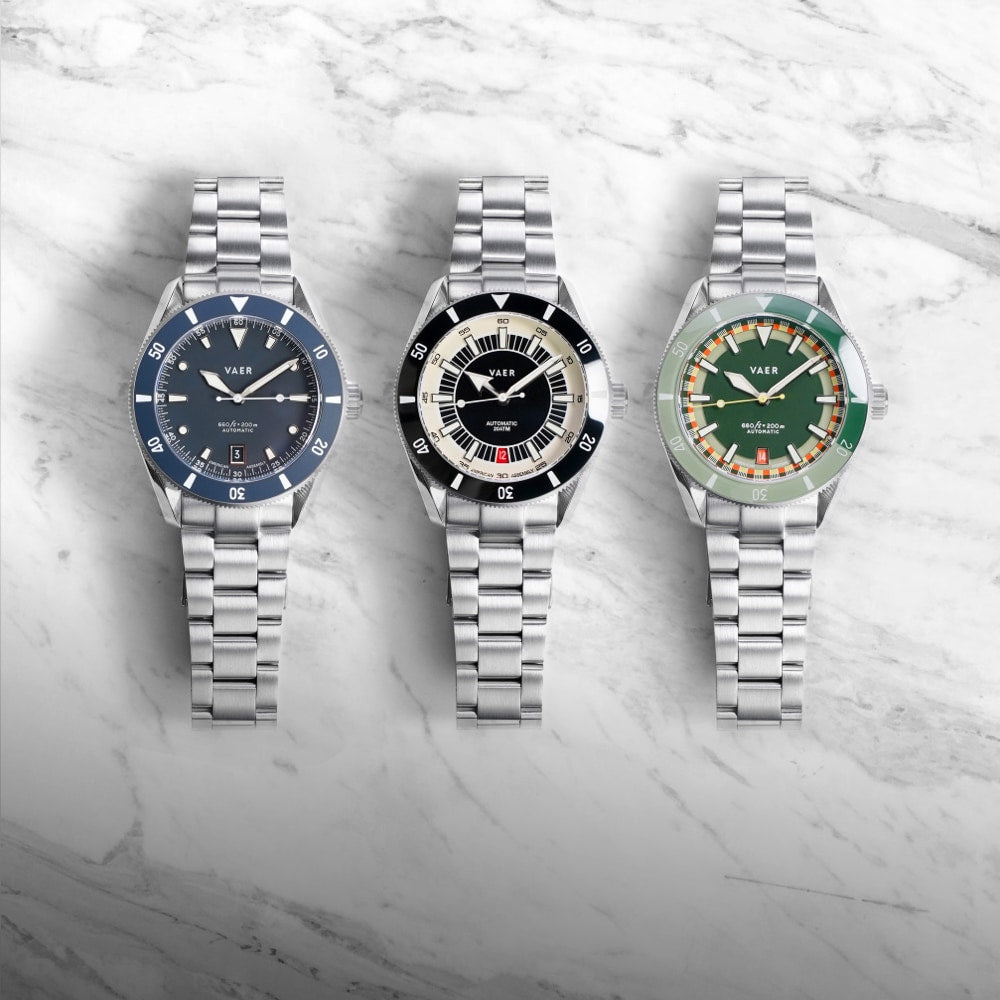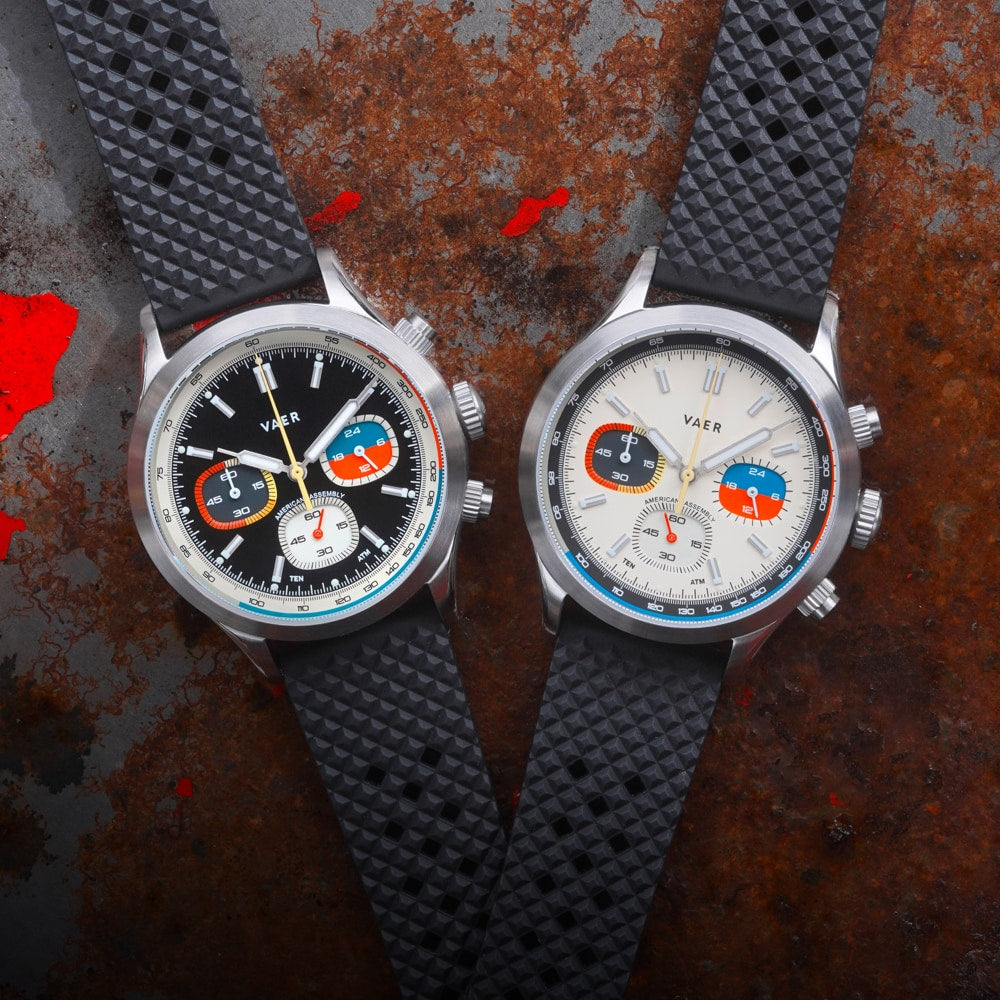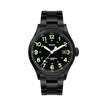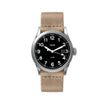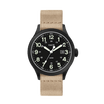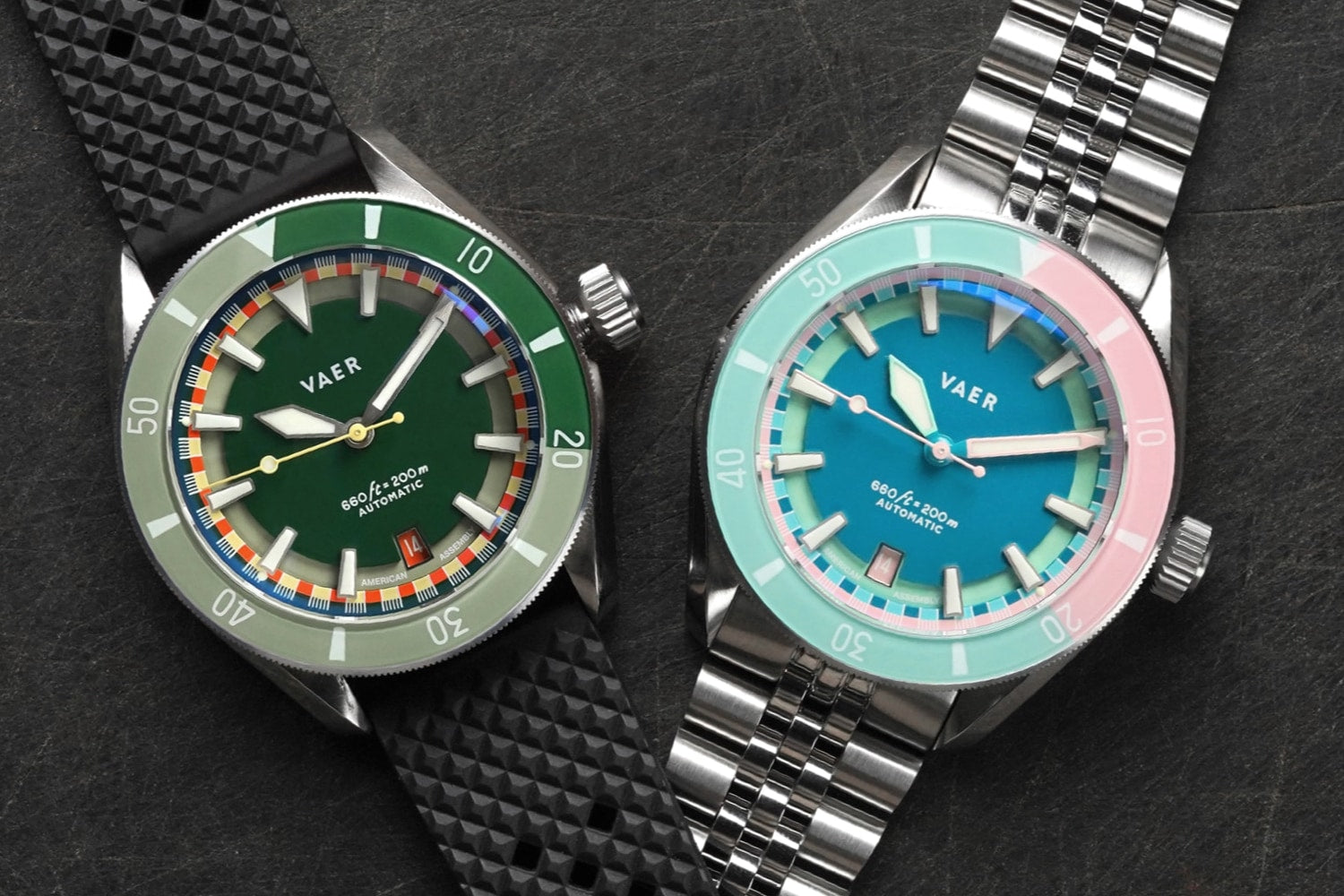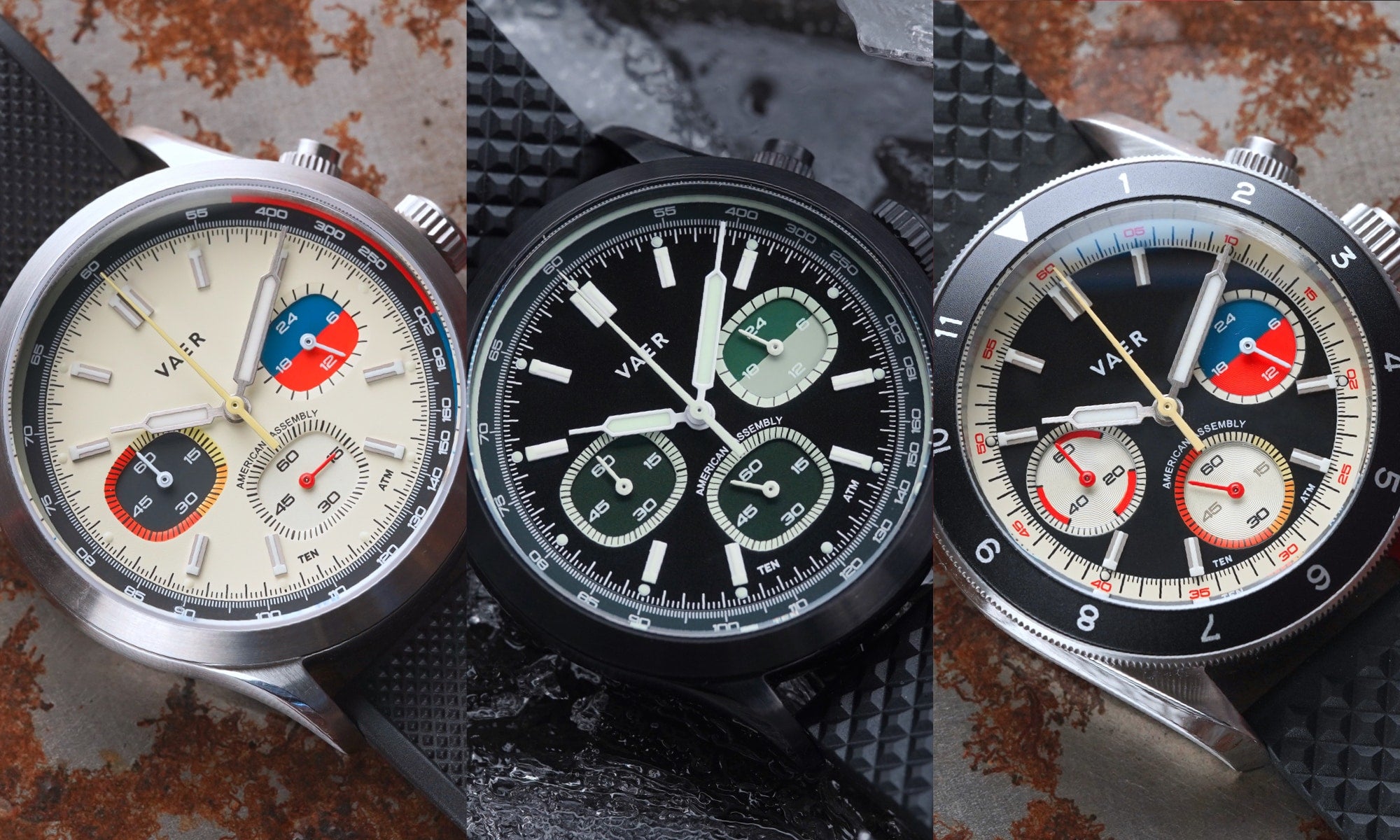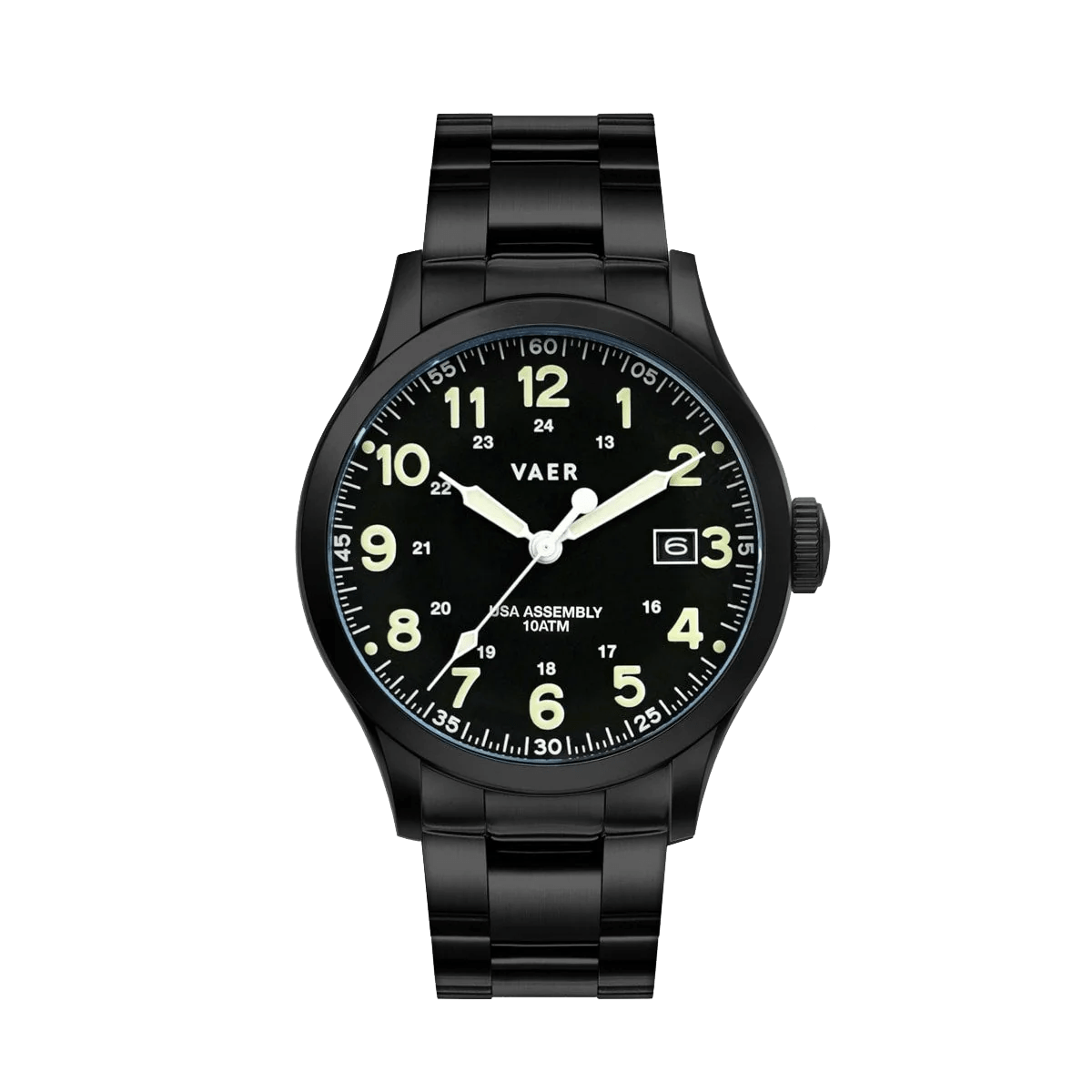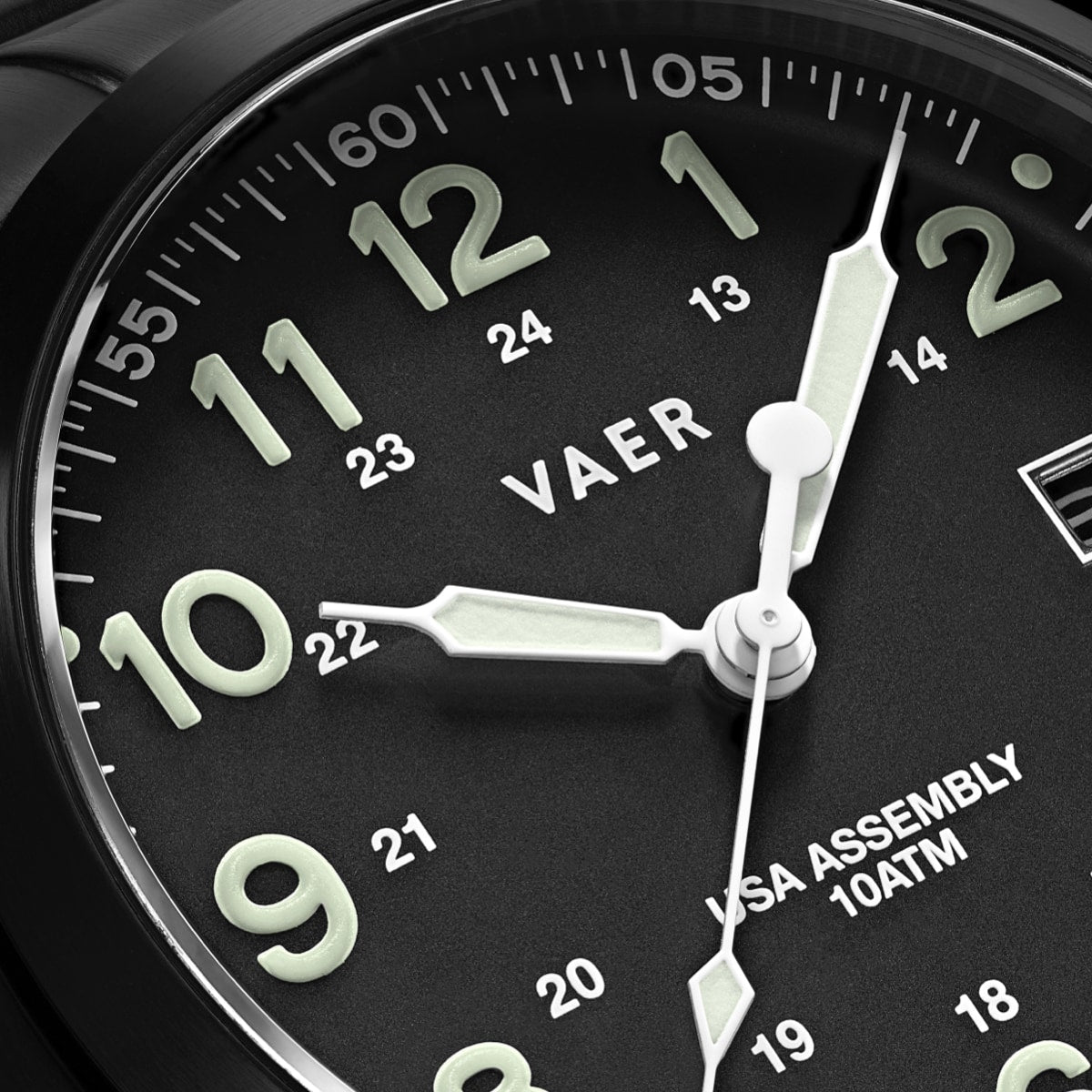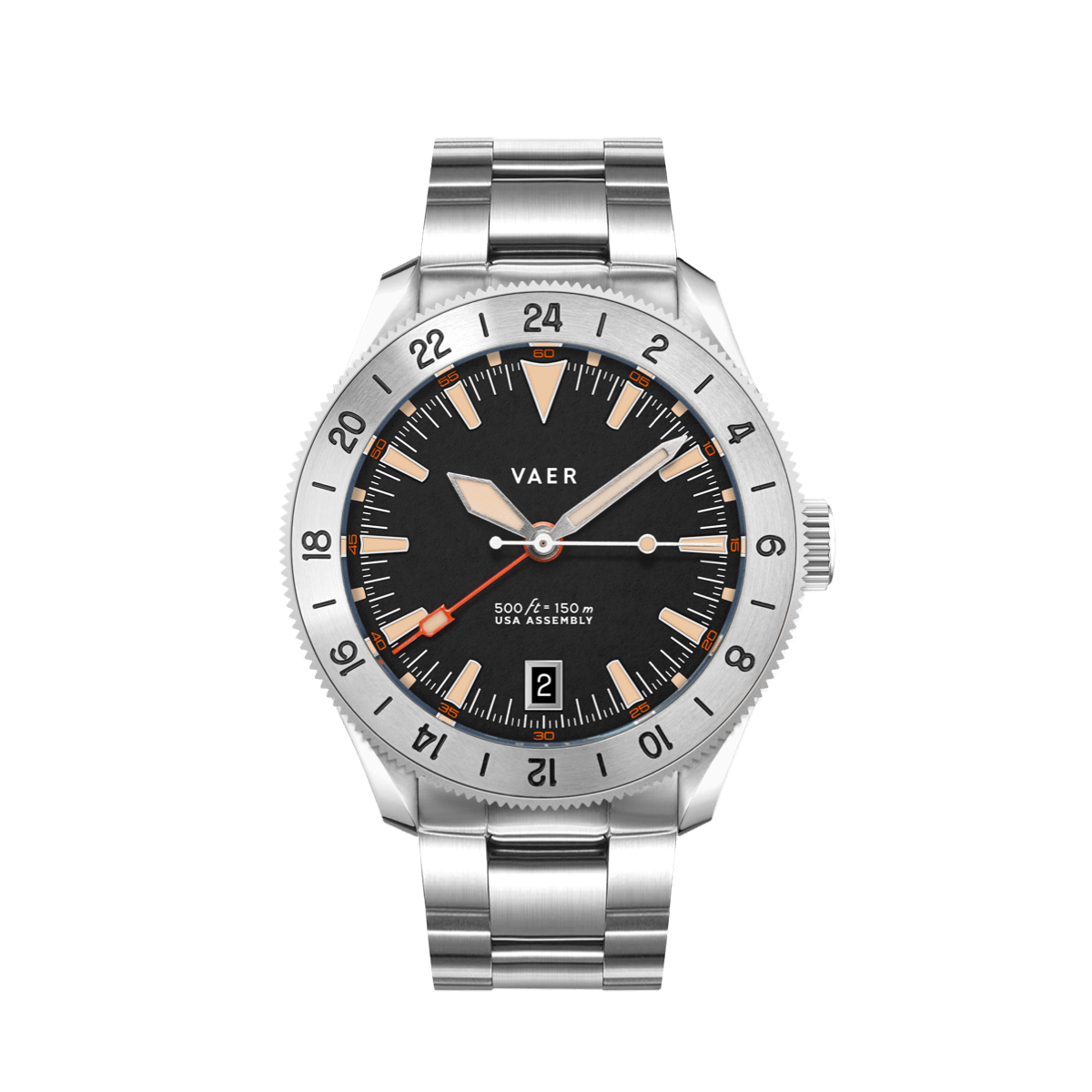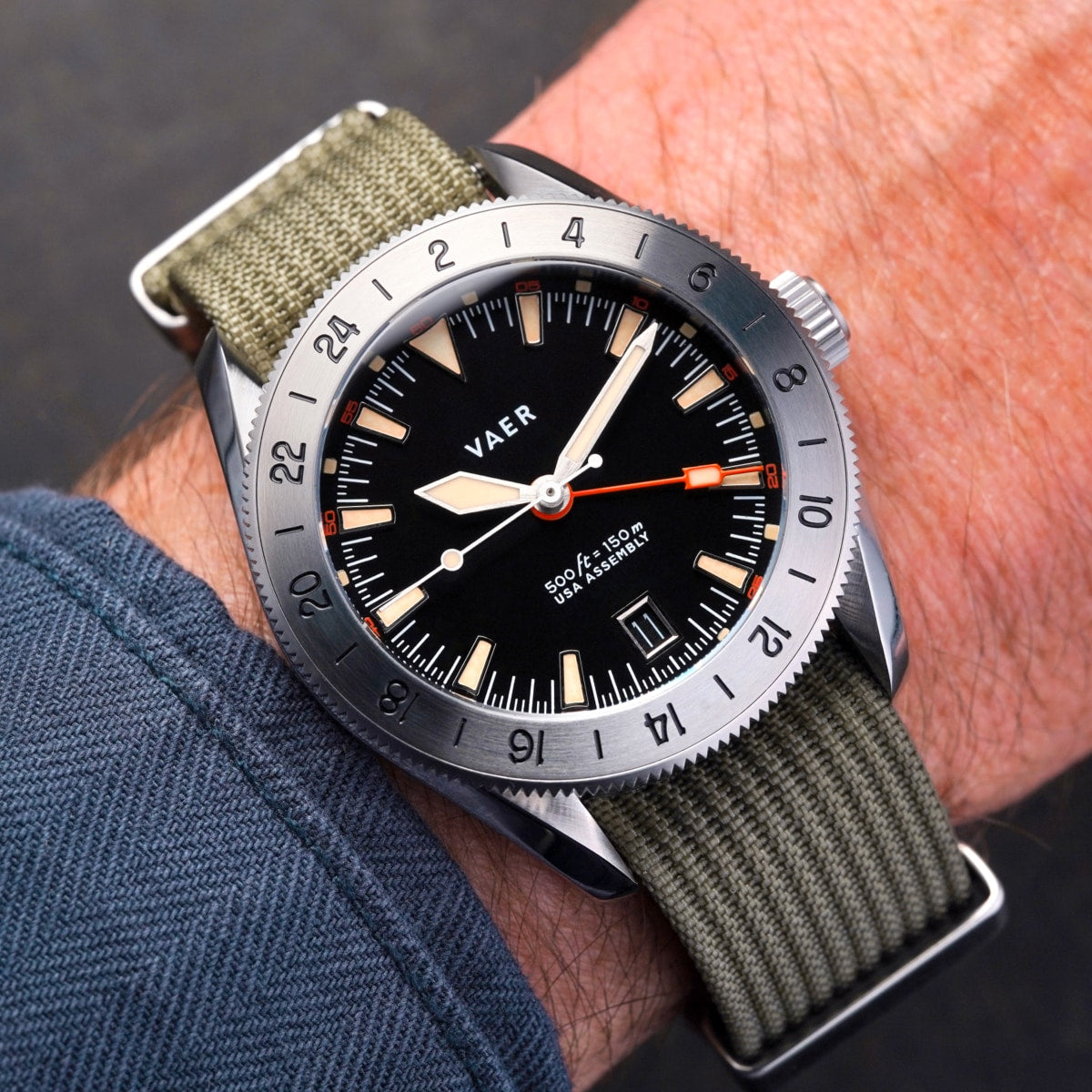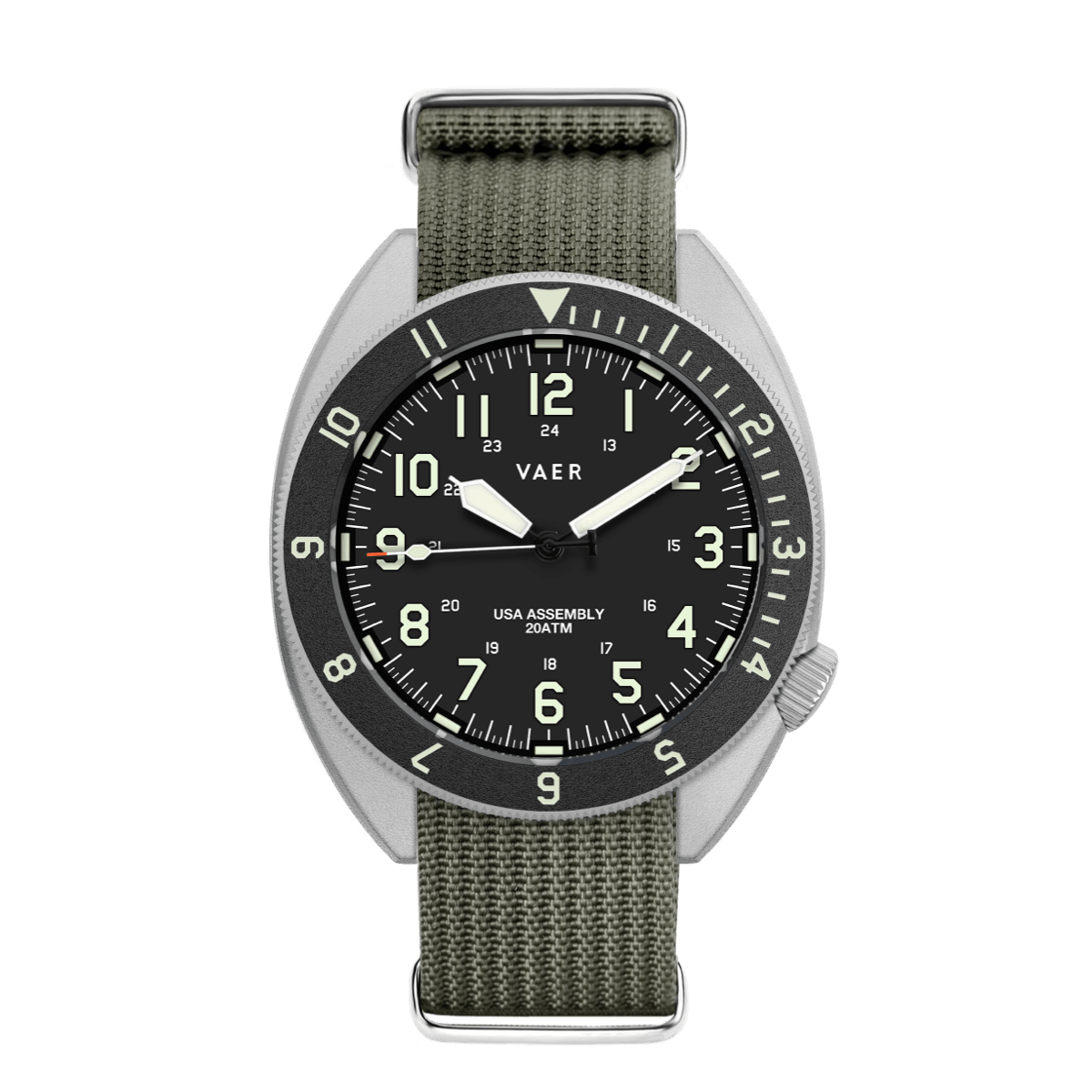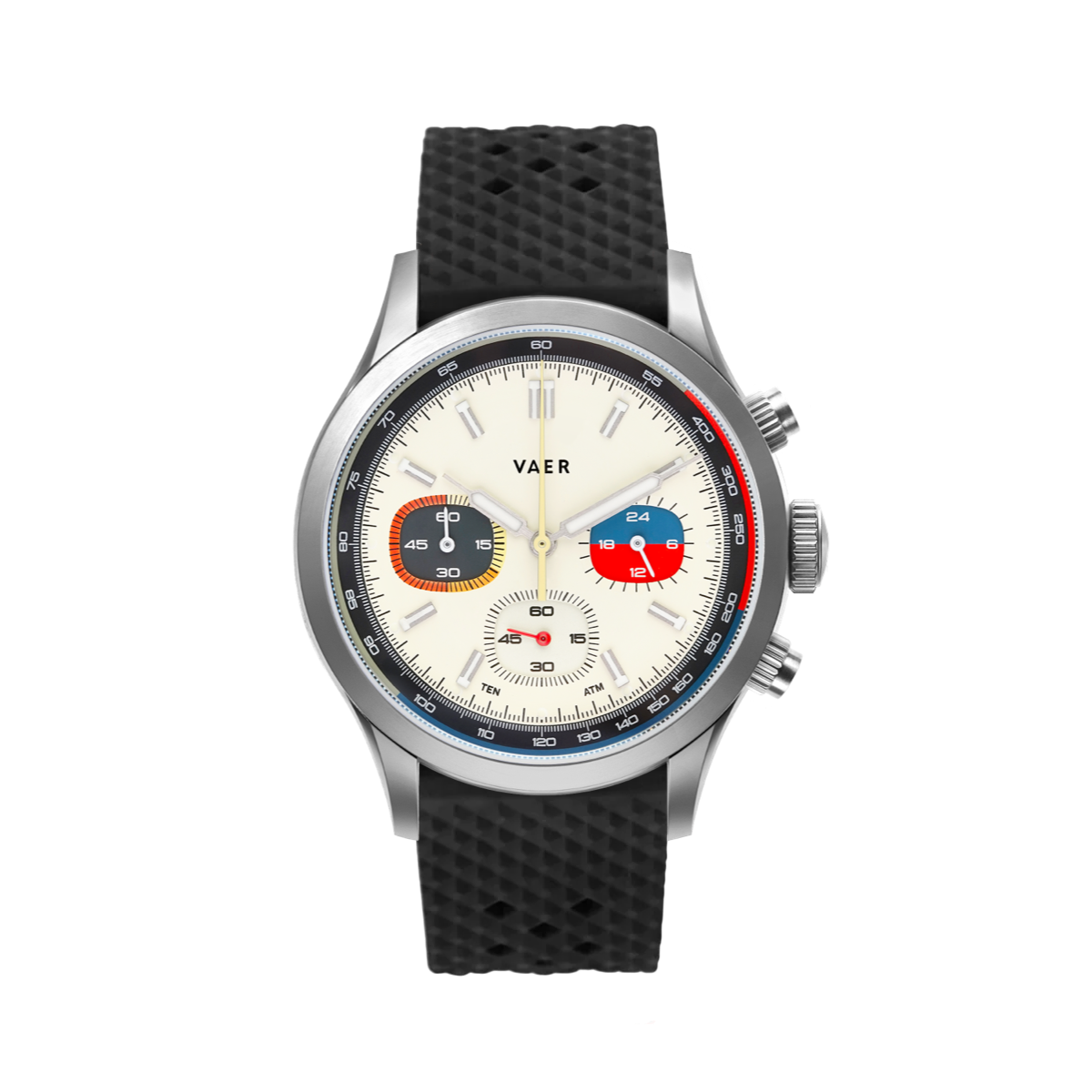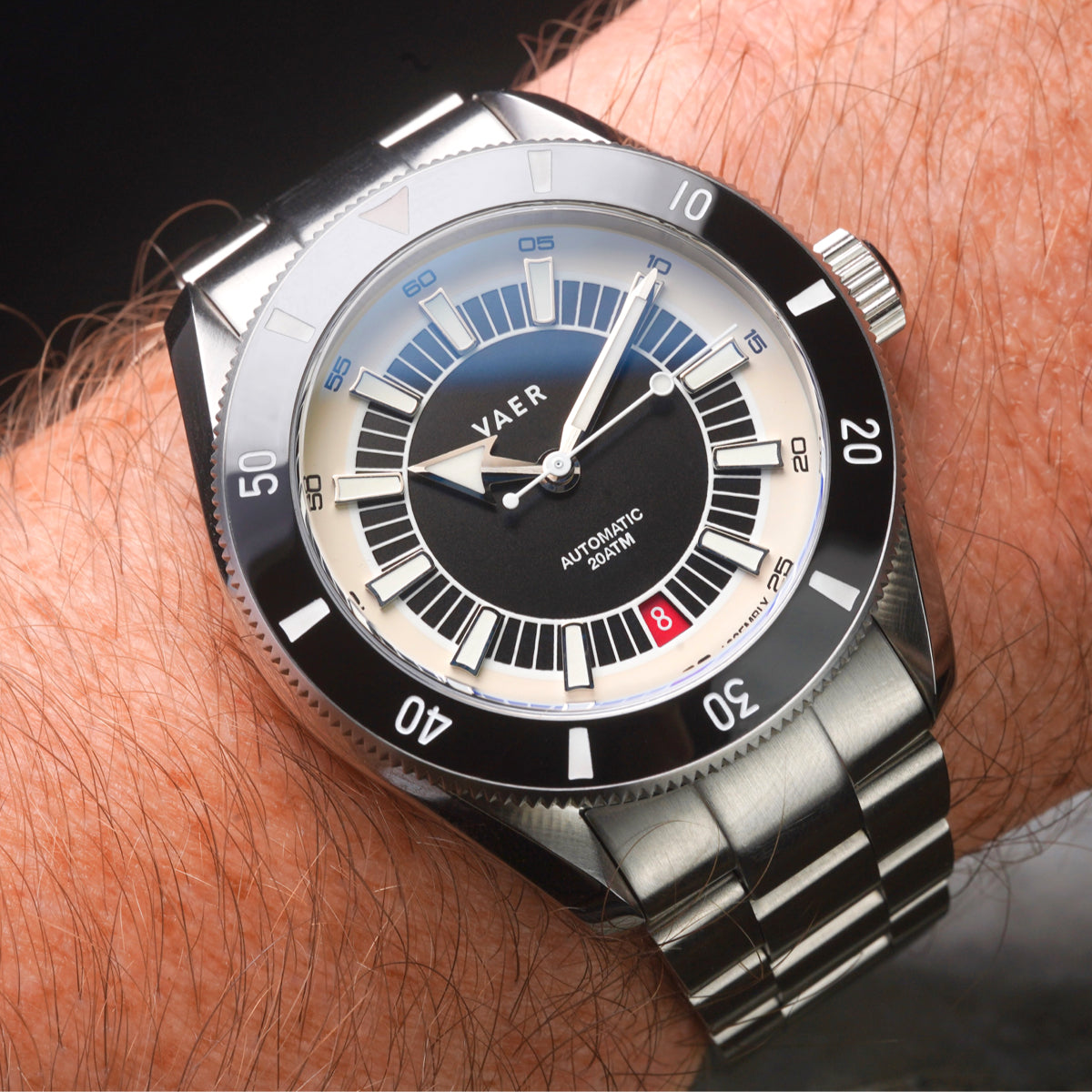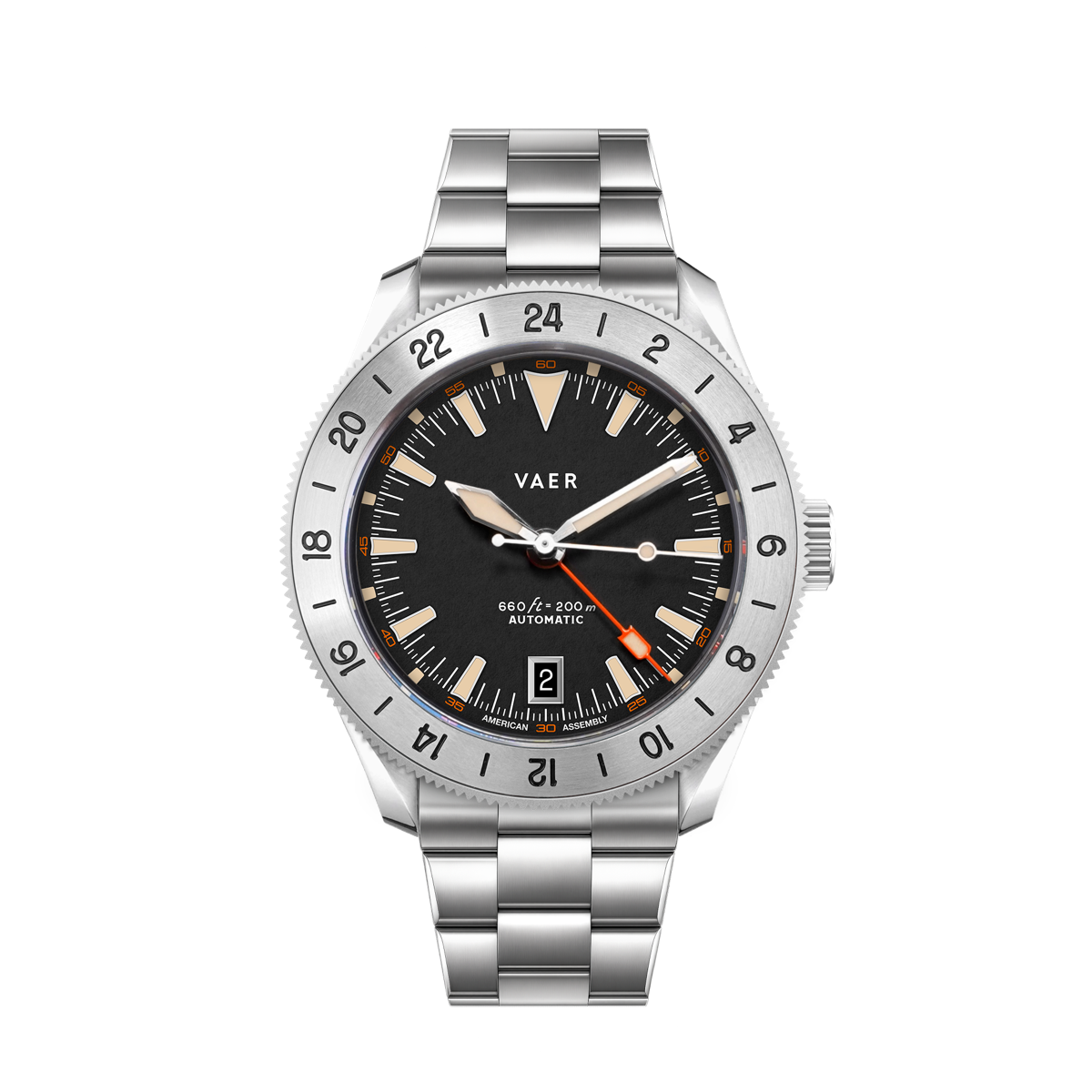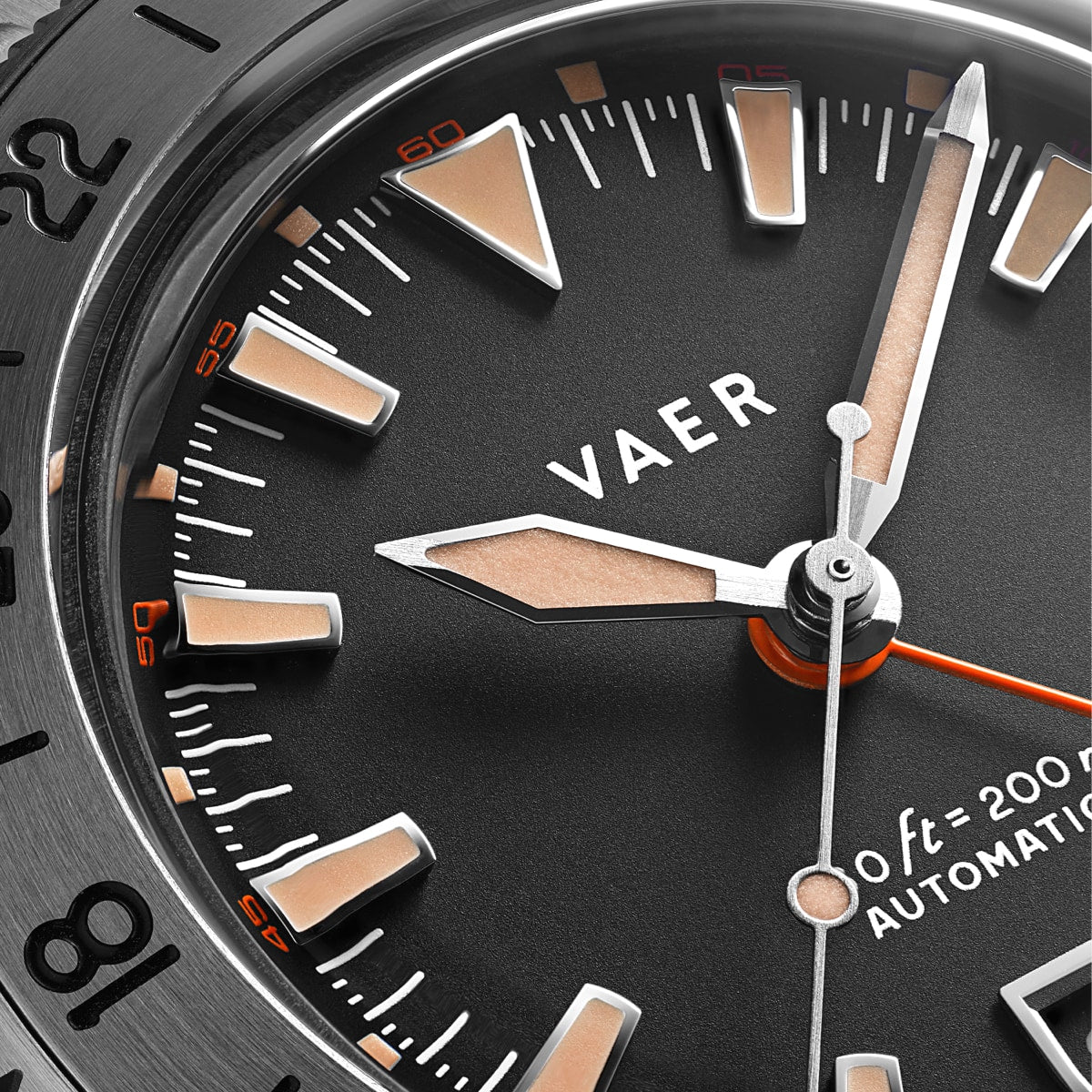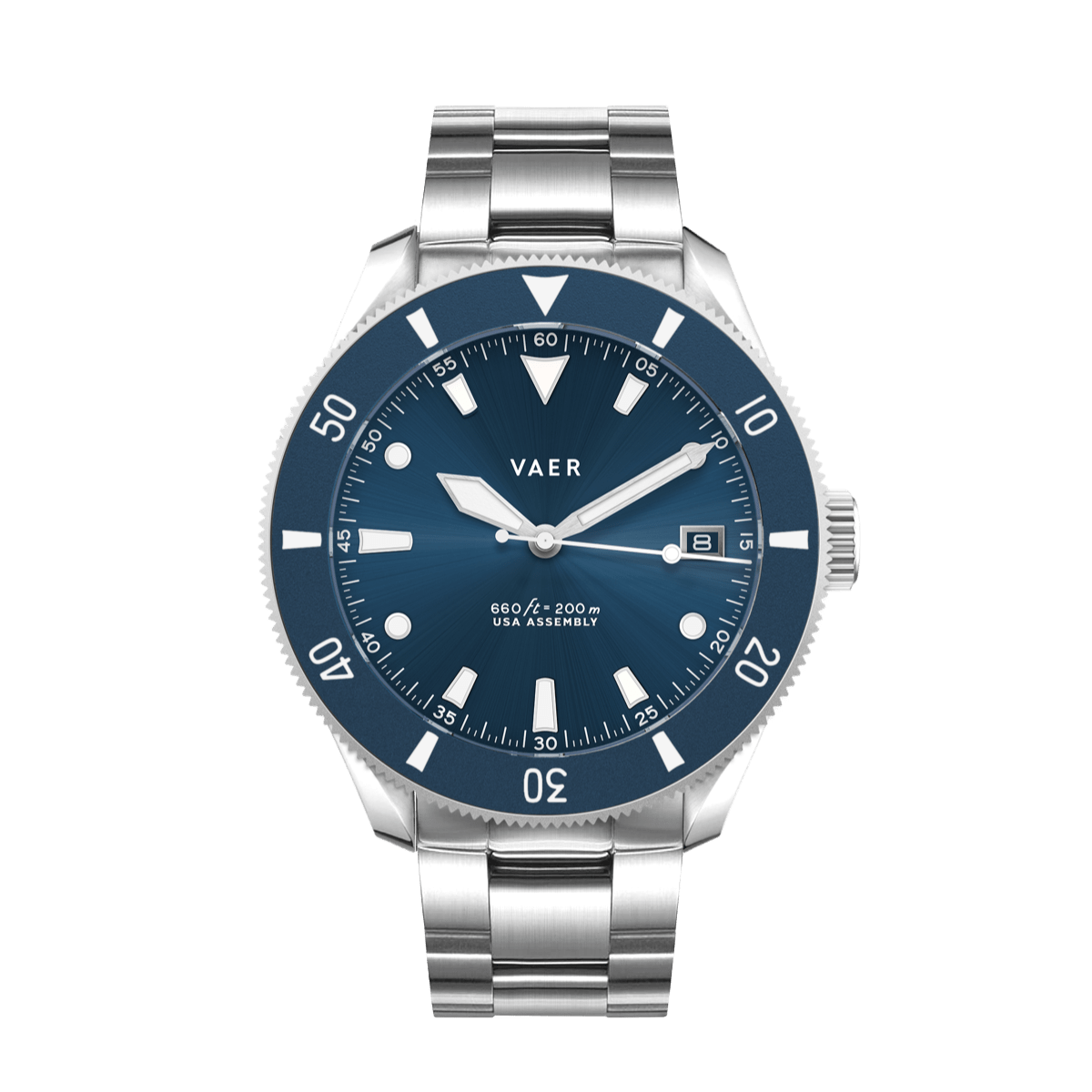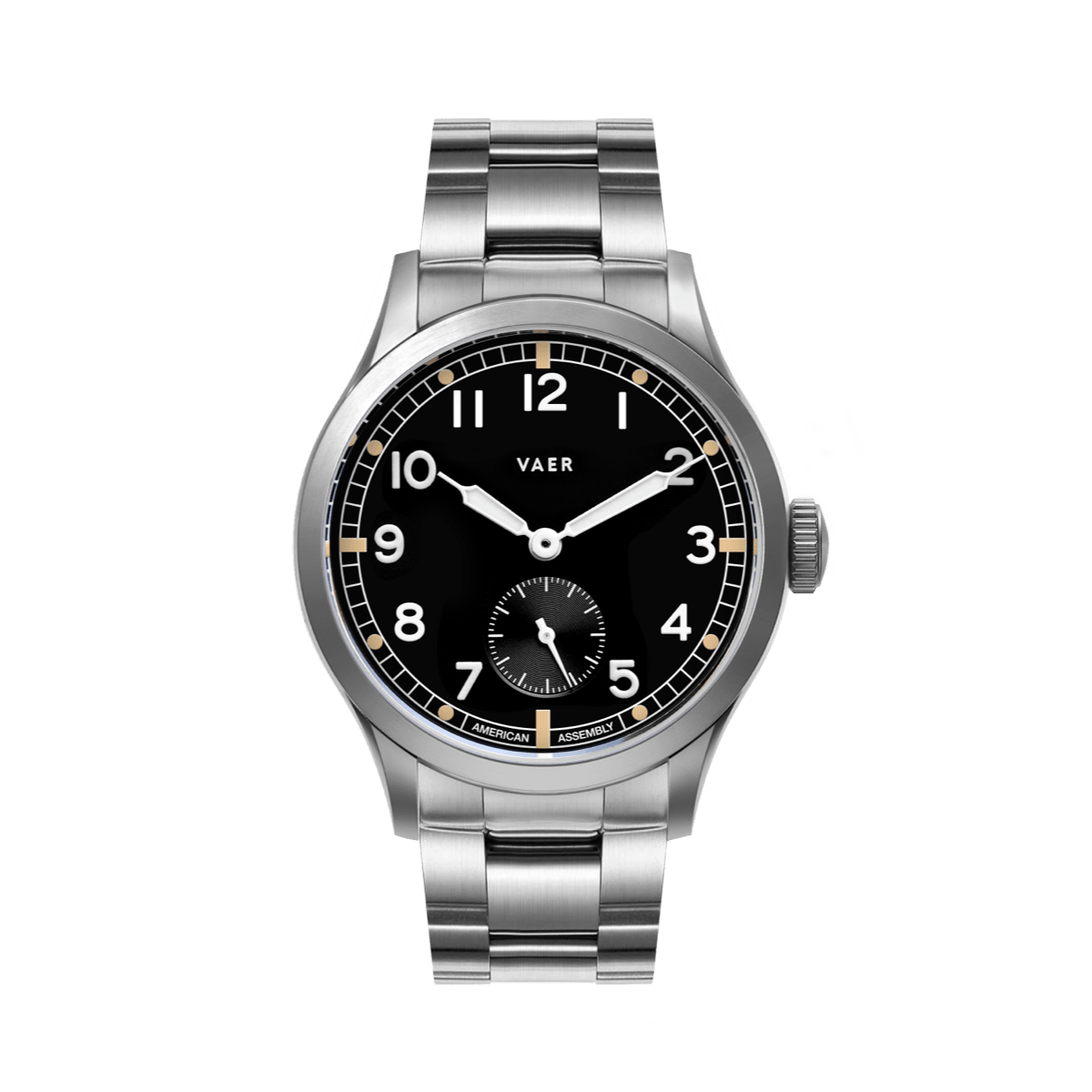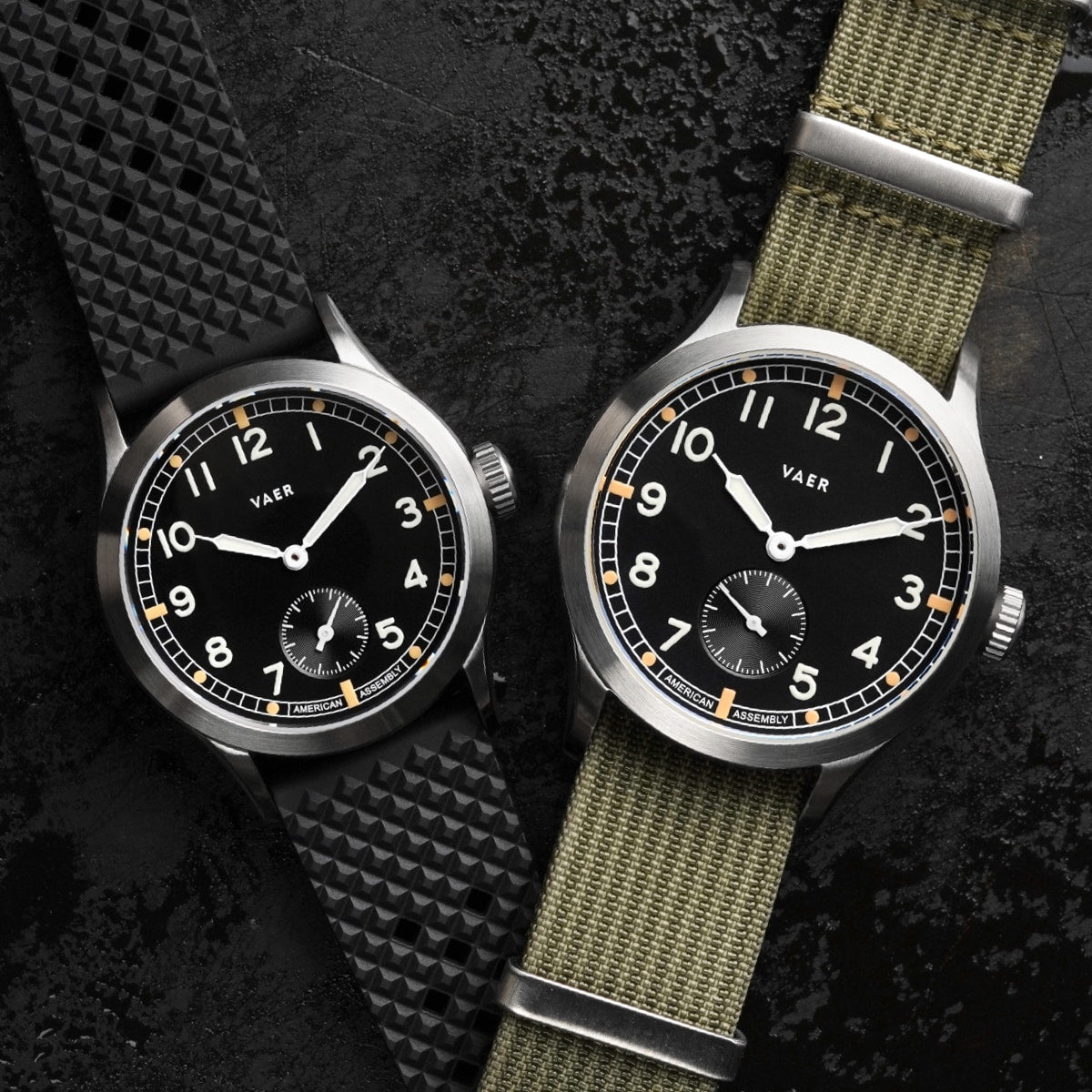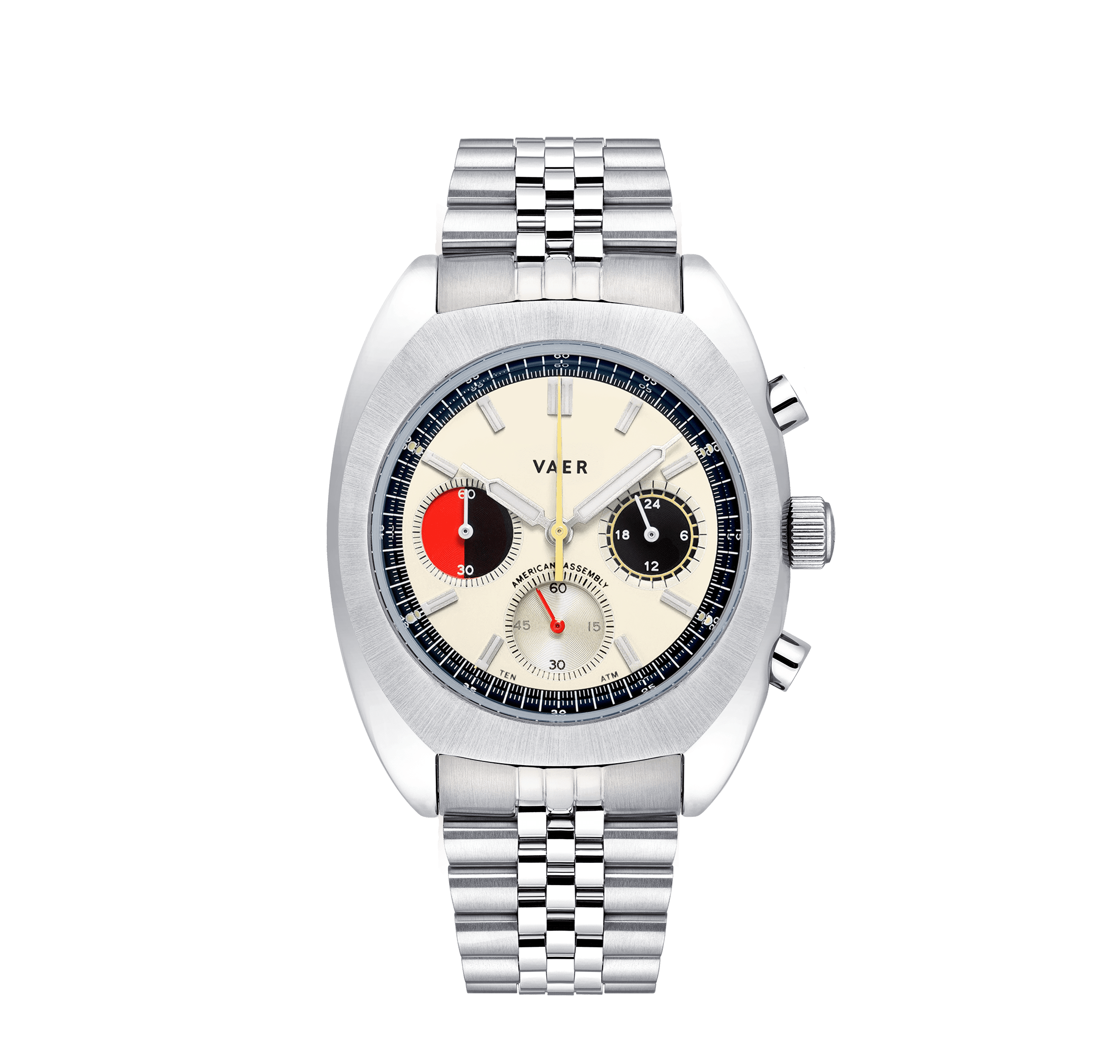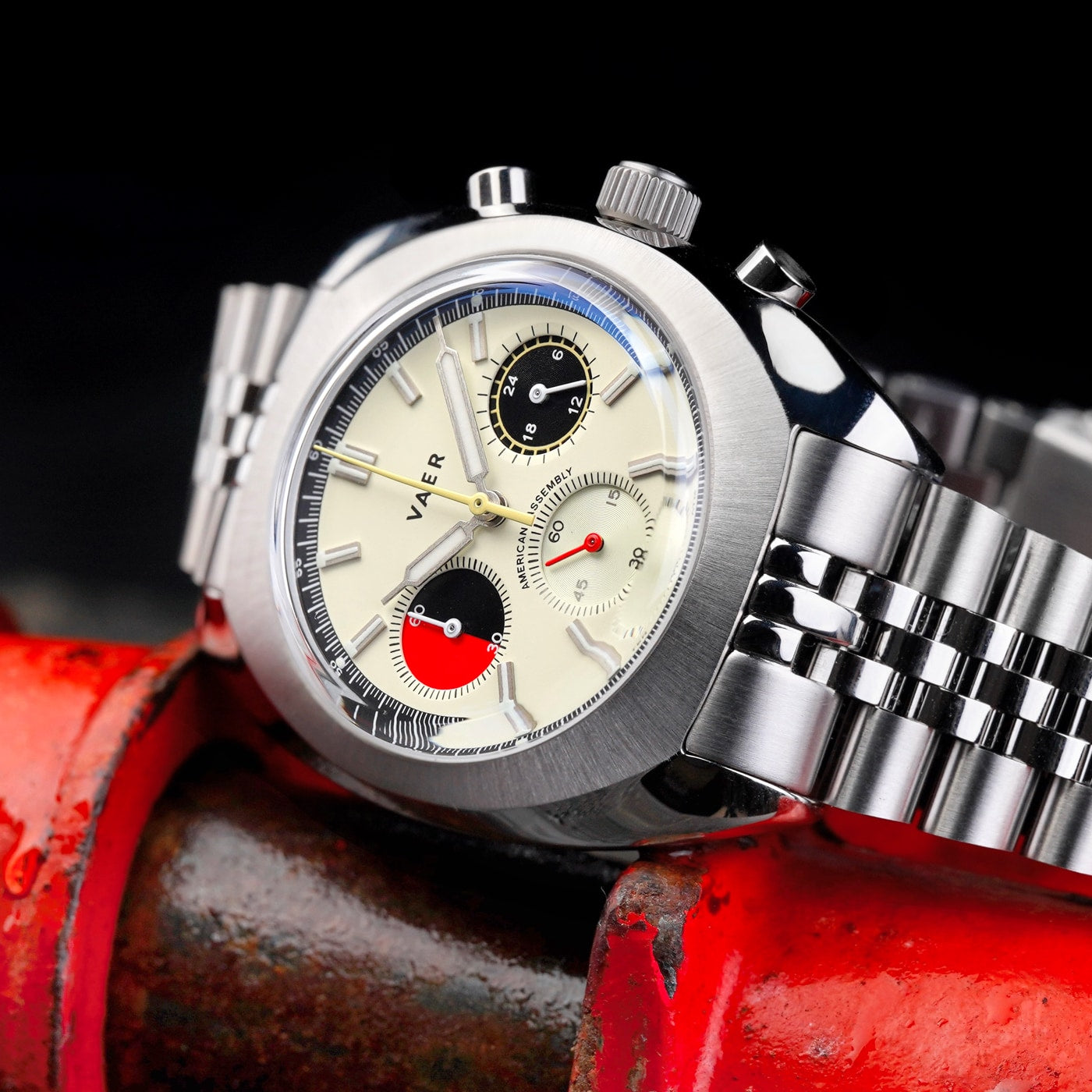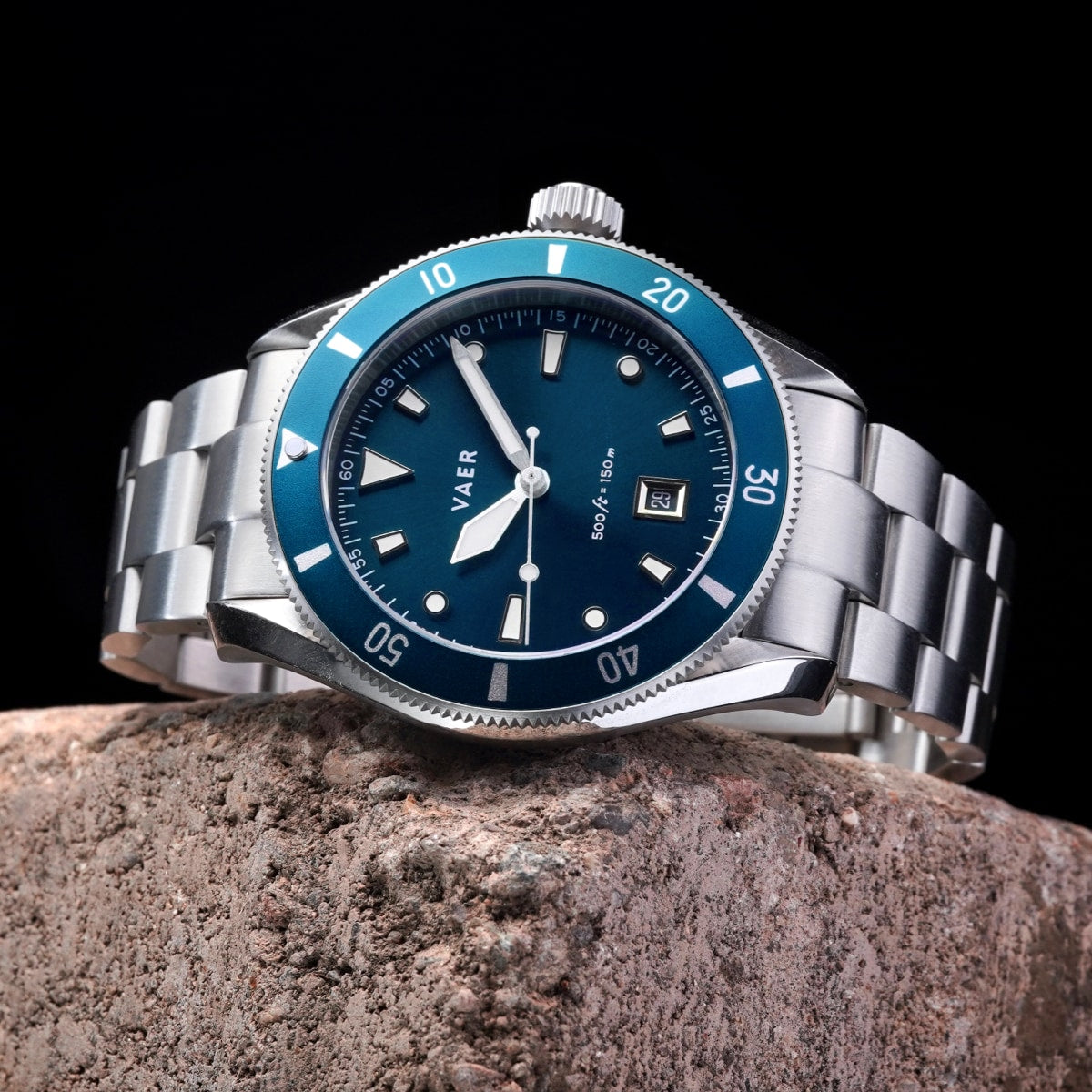We often are asked questions like: What makes a watch a field watch? What is a dive watch? These watches share many of the same characteristics – legibility, durability, and reliable timekeeping – but they have several key functions that set them apart. In this article, we explore the history of dive and field watches, identify their key features, and examine their evolution from purely functional tools to modern style icons.
a) Historical Origins and Purposes
Dive Watches
Dive watches were developed out of the need for accurate and reliable timekeeping underwater. The modern dive watch began its evolution in the early 20th century, with significant contributions from brands like Rolex, Omega, and Blancpain. Rolex's introduction of the "Oyster" case in 1926 laid the foundation for waterproof watches. This was followed by the release of the Rolex Submariner in 1953, which could withstand depths of up to 100 meters, though Blancpain has also claimed to make the first dive watch that same year.

Above: D4 Meridian Black 42mm and D4 Meridian Black 38m
Dive watches are characterized by their robustness, water resistance, luminous markers, and a unidirectional bezel that helps divers monitor their underwater time to ensure safety, particularly in monitoring decompression limits. Properly timing a diver's decompression is crucial for their safety, as ascending too quickly can result in decompression sickness – also known as the “bends” – which can be fatal.
Field Watches
Field watches have their roots in wartime, where durability and readability were essential. They were first widely used in World War I when soldiers needed a practical way to check the time while keeping their hands free. The design was functional, with a clear, easy-to-read dial and a rugged construction. These watches had to be accurate, legible, and often featured luminous hands for visibility in low-light conditions.

Above: C3 Tactical Field 36mm and C5 Tactical Field 40mm
Brands like Hamilton and Timex played significant roles in the mass production of field watches, making them accessible to a broader audience beyond the military. While these companies originally manufactured their watches in the United States, the brands have since been offshored. World War II field watches, such as the Dirty Dozen, laid the foundation for the look of the modern field watch. The designs have largely remained unchanged since this time.
 Above: A12 Dirty Dozen 36mm
Above: A12 Dirty Dozen 36mm
b) Defining Features
Dive Watches
- Water Resistance: Typically dive watches will have the most water resistance of any type of watch. Vaer dive watches all feature 200m of water-resistance.
- Unidirectional Rotating Bezel: Used for tracking elapsed time underwater. Most dive bezels will only spin one direction, so in the off chance it is moved accidentally the diver will believe more time has passed, reducing the chance they run out of oxygen.
- Luminosity: Hands and markers are highly luminous for visibility in dark underwater environments. The deeper you descend, the less light there is available, making the lume critically important.
- Robust Construction: Made to withstand the extreme pressures of deep-water diving.

Above: D5 Meridian Navy 42mm and D5 Meridian Navy 39mm (caseback)
Field Watches
- Durability: Built to endure rough conditions.
- Legibility: Simple, clean dial with high contrast, and often large luminous numbers.
- Lightweight: Comfortable for all-day wear. It must be unobtrusive on the wrist.
- Modest Water Resistance: Most field watches are resistant up to about 50 meters, suitable for rain and minor splashes. However, all Vaer’s watches, including the field watches, are ocean-ready. Every watch has at least 100m water-resistance and a screw-down crown.

Above: C3 Korean Field 36mm
c) Common Attributes Between Field & Dive Watches
Despite their different origins, dive and field watches share several attributes:
- Durability: Both are designed to withstand tough environments.
- Precision: Each type requires accurate timekeeping for reliability.
- Luminous Markings: Commonly found in both to enhance visibility in low-light conditions.
- Versatility: Both types have evolved from their original military and diving purposes to become popular among civilians for everyday wear.

d) Modern Uses Beyond Original Intent
Dive Watches
Today's dive watches are often worn as symbols of adventure and ruggedness, even by those who never take them underwater. They are popular among watch collectors and enthusiasts for their technical features and robust construction. Dive watches are also commonly used in professional settings where durability and water resistance are beneficial, such as in marine biology, underwater photography, and various water sports, like surfing.
 A common term amongst watch enthusiasts is “desk-diving” as many people enjoy the functionality of a dive bezel, even while at work. Dive bezels can be extremely functional for everyday tasks like remembering the parking meter, laundry, or cooking. It is also important to note that modern diving is done with a dive computer on the wrist, but many still enjoy having a dive watch as a backup timer for the chance the dive computer fails.
A common term amongst watch enthusiasts is “desk-diving” as many people enjoy the functionality of a dive bezel, even while at work. Dive bezels can be extremely functional for everyday tasks like remembering the parking meter, laundry, or cooking. It is also important to note that modern diving is done with a dive computer on the wrist, but many still enjoy having a dive watch as a backup timer for the chance the dive computer fails.
Field Watches
Similarly, field watches have transcended their military roots to become a staple of casual style. Their simple and unobtrusive design makes them ideal for everyday wear. They are also favored in professions that require a sturdy but discreet timepiece, such as journalism, wildlife research, and any fieldwork that involves outdoor exposure. Due to their lightweight, yet rugged design, field watches are great for activities like hiking, fishing, or riding motorcycles.

Both dive and field watches have rich histories rooted in functionality and practicality. Over the decades, they have evolved to serve not only their intended practical uses but also as key pieces in watch collections and everyday wear, embodying a blend of tradition, durability, and style. Check out our full line of dive watches and field watches.



